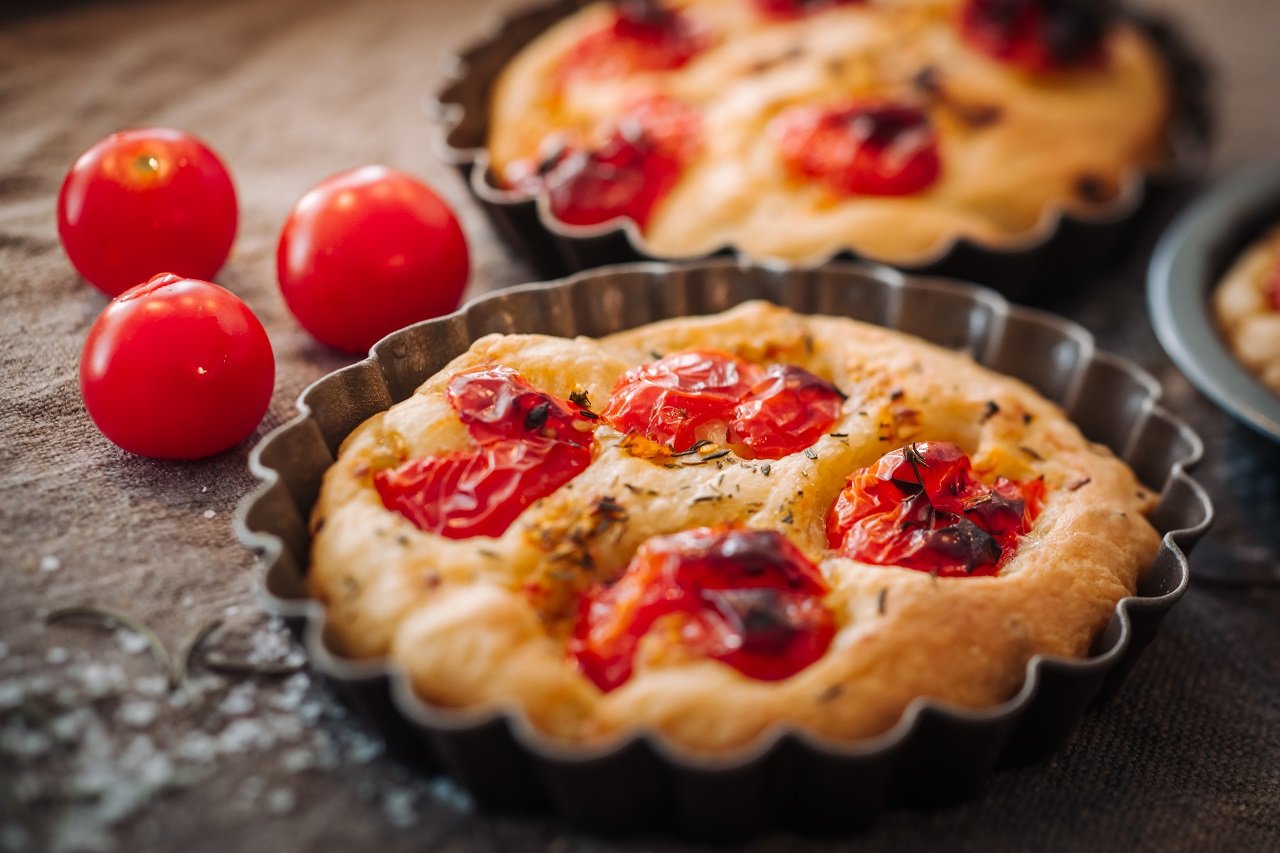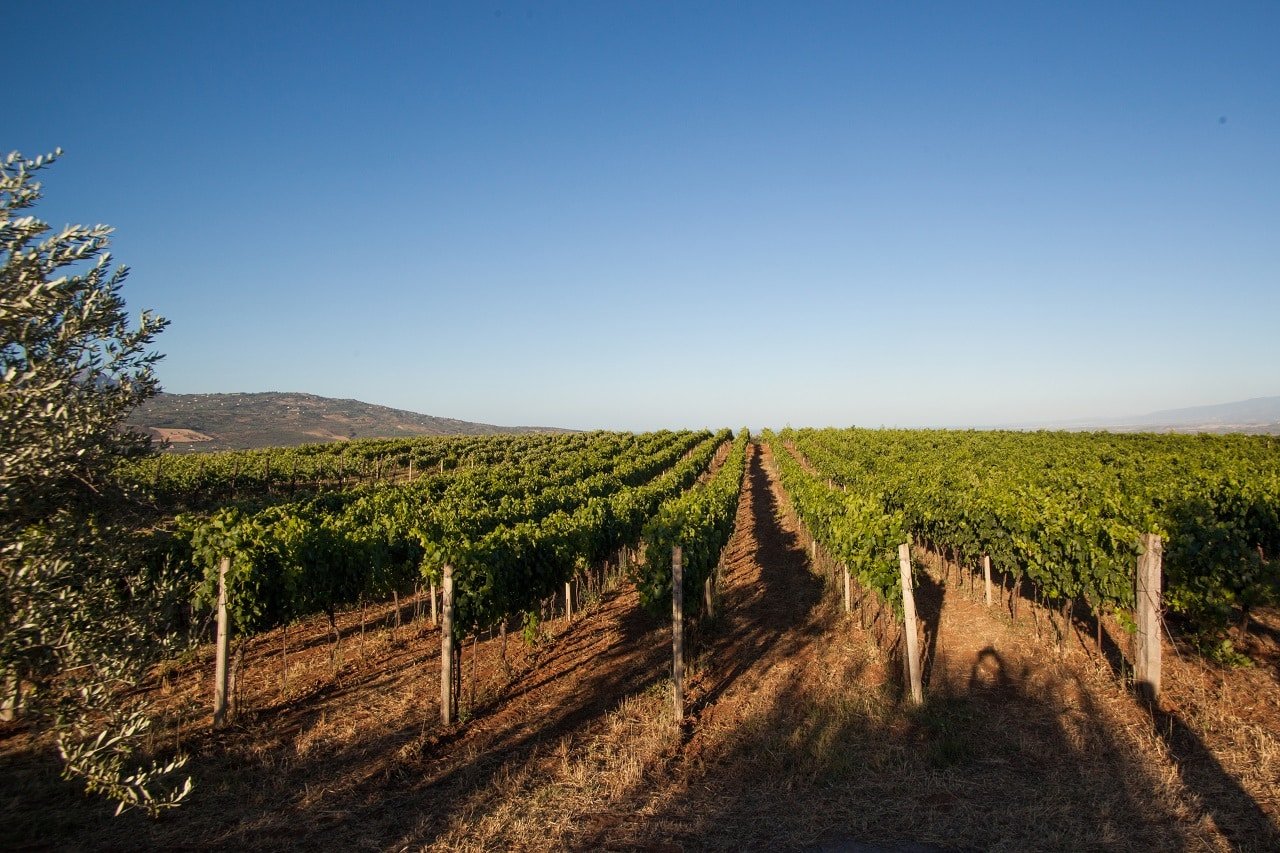Bari focaccia is a product of the popular gastronomic tradition, a leavened oven-baked bread typical of Apulia. It originally originated in Altamura as a variant of durum wheat bread, from the need to exploit the initial heat of the wood-fired oven before the temperature stabilised.
Before baking the loaves, a piece of uncooked bread dough was rolled out, left to rest and then seasoned and baked.
The recipe has many variations depending on the geographical area.
The classic version is made by mixing semolina, boiled potatoes, salt, yeast and water: the result is an elastic dough that is left to rise on a baking tray greased with extra virgin olive oil, then left to rise again, seasoned and baked, preferably in a wood-fired oven. The oil is poured over the surface during seasoning, which must necessarily be poured over the dough before baking.
At the end of the baking process, you get a flattening with a height of 1-3 cm.
The most popular variants of focaccia barese are: focaccia with fresh tomatoes and olives, focaccia with 5 mm thick potatoes and white focaccia seasoned with coarse salt and rosemary.
In addition to these variants, there are others involving the addition of onions, vegetables, aubergines or peppers.




